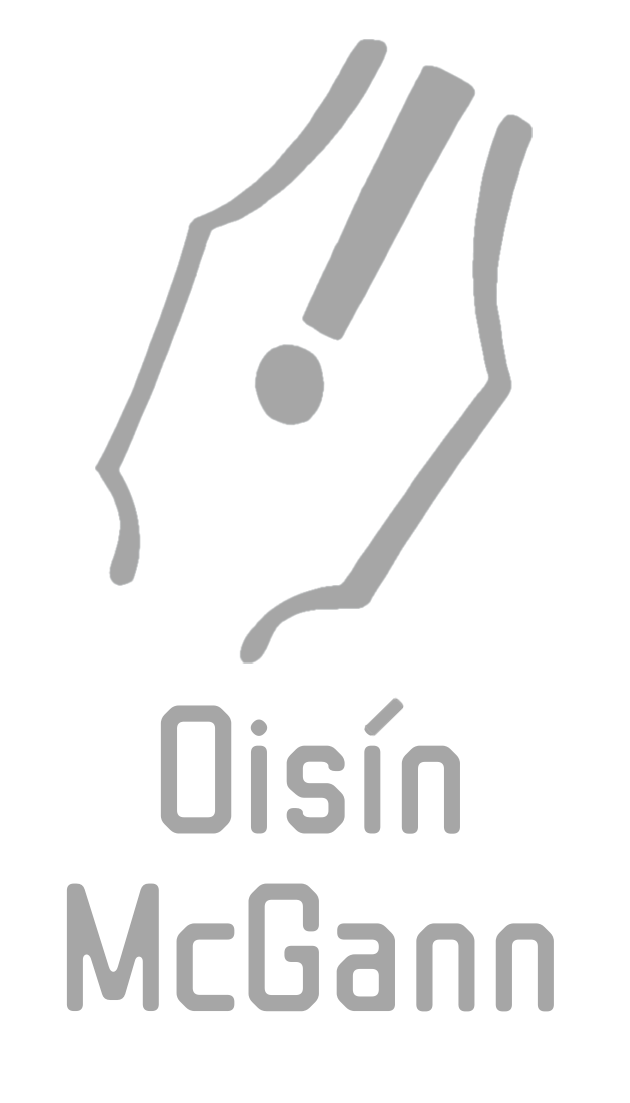This is a piece contributed as part of an article about Dublin achieving UNESCO City of Literature, for the Summer 2011 Issue of Inis
For me, the UNESCO title can be used to focus attention, not on what Dublin has been, but on what it is becoming. The verb ‘to write’ is coming to mean different things to different people. That regulated, tattooed paper means of conveying the written word, is giving way to a form that is more flexible and multi-faceted. A reflection of what stories really are.
Writing was always a cheap art form, requiring the simplest of materials. But reaching an audience was considerably harder. Now, technology is allowing the next generation of readers to side-step the publishing industry, writing for each other – writing as they would talk; reading as they would listen.
To survive this evolution, children’s literature has to be gripping, stimulating and immediate. The ‘quality’ of your work is utterly irrelevant, if it cannot engage the reader. And children’s writers are expected to be as entertaining as their stories. I believe that Dublin is a buzzing hive for this new culture. Our young audience, raised in a technological revolution, on a dizzying array of storytelling formats, is forcing writers to relearn the old oral storytelling skills – the roots from which Irish literary skills have grown. The means of delivering a story are more varied than ever, but the fundamentals of writing one remain the same. Literature is changing, and the children of Dublin are ideally placed to help shape that change.
